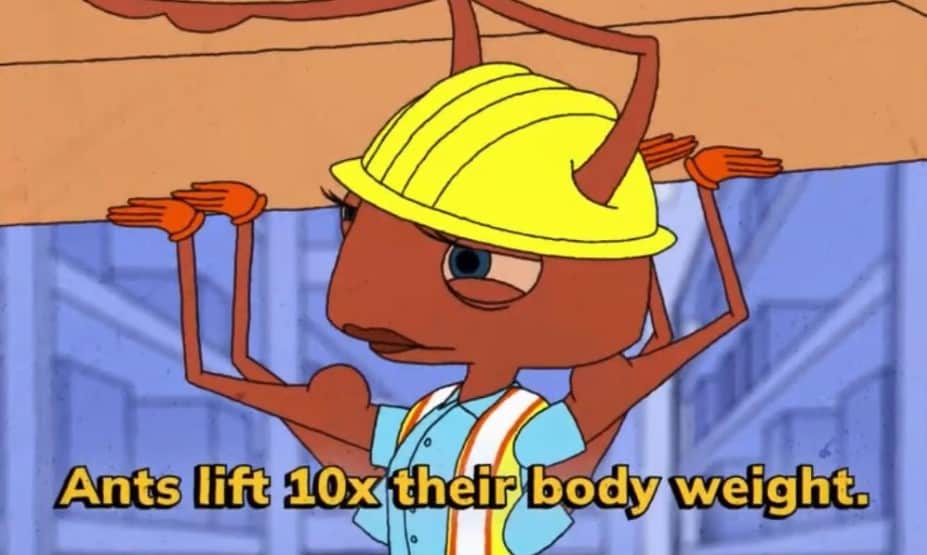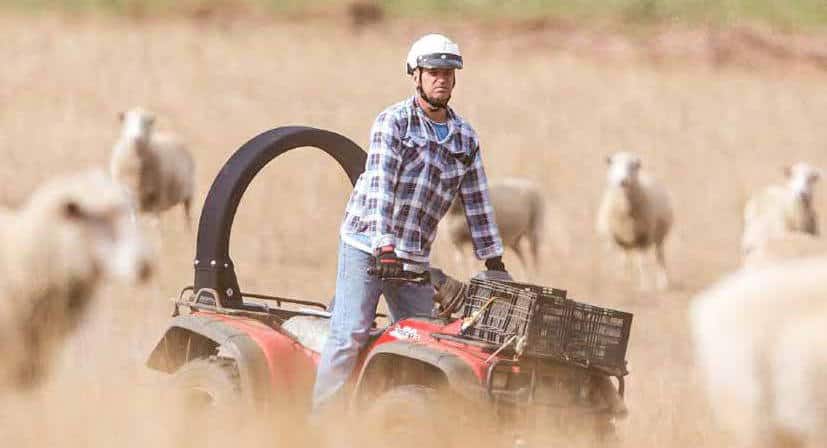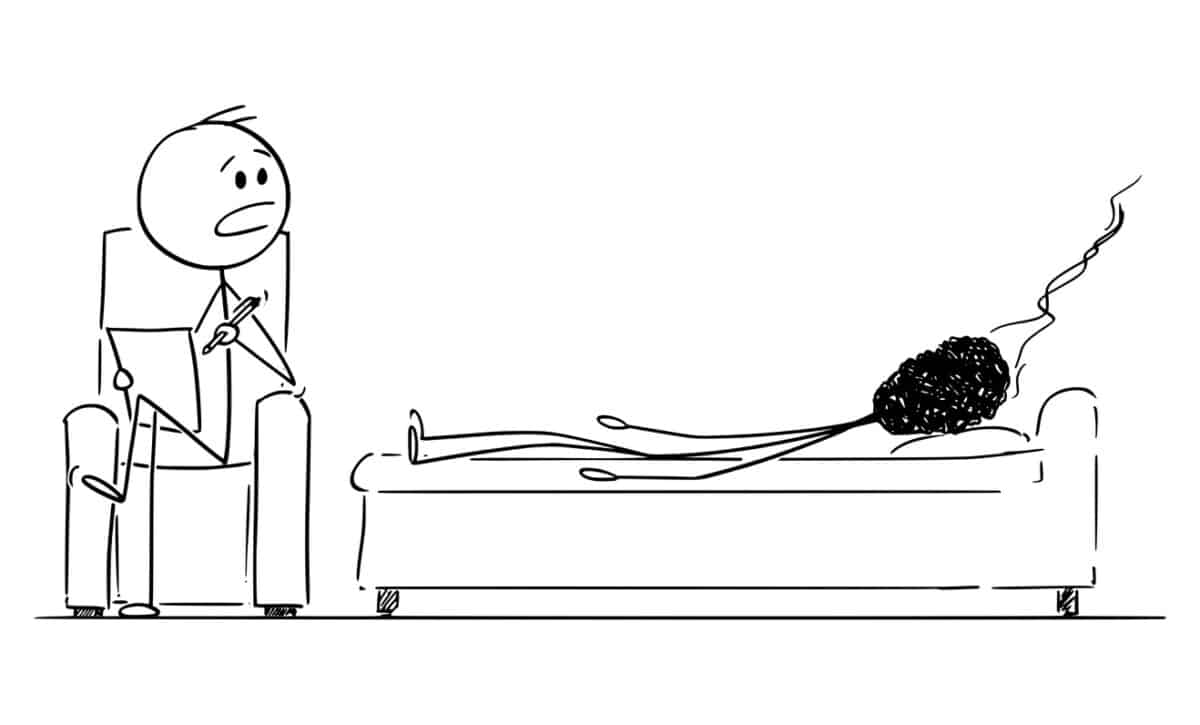There have been dozens of attempts to promote occupational health and safety (OHS) through advertising. It is perhaps more difficult than ever due to the splintering of media types and the shifted control of media advertising to online global corporations. This new structure does not stop people from trying, and this is a good thing.
The upcoming 23rd World Congress on Safety and Health at Work includes the International Media Festival for Prevention 2023, an event that previously has unearthed significant OHS promotions like Shoelaces. But OHS regulators are persistent in their promotional work. A recent attempt was by Ontario’s Workplace Safety Insurance Board (WSIB), aimed at younger workers and to maximise social media influence.






